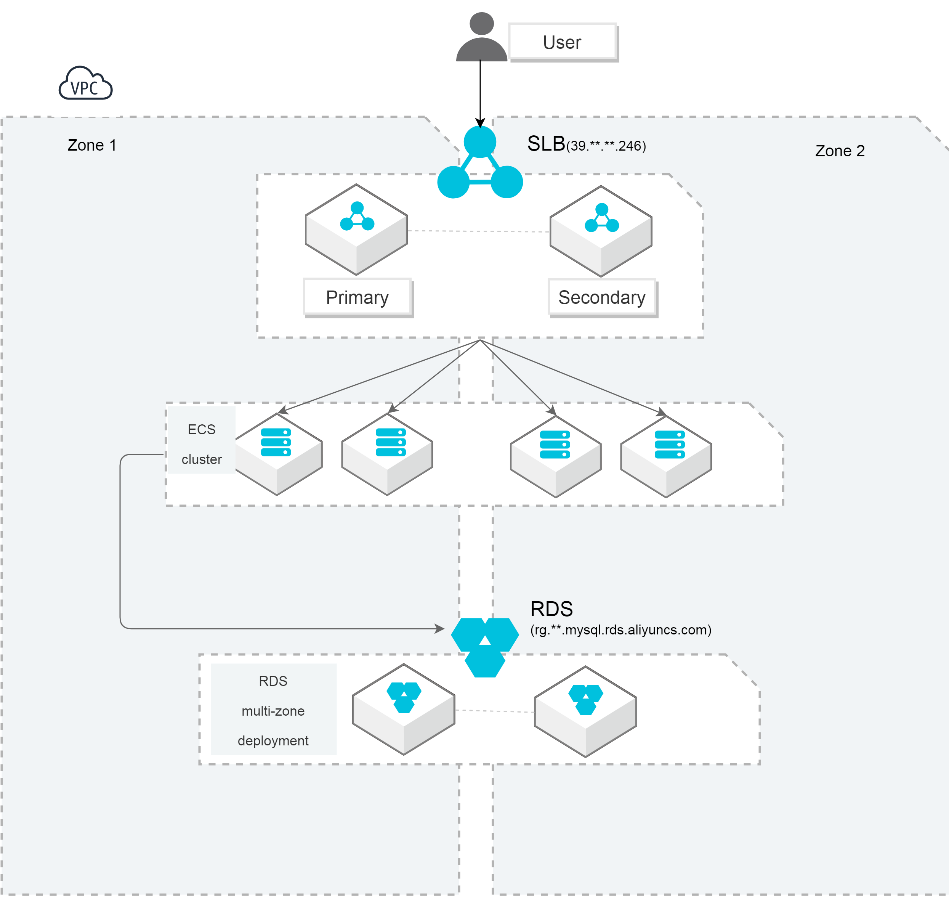By Anthony Merrington, Technical Support Engineer at Alibaba Cloud
If you’ve used any major cloud provider, you’ll have come across the concept of availability zones. To recap, a zone is a set of independent cloud infrastructure – everything a data center needs to function, from the network to the power supply and air-conditioning. Each zone belongs to a specific cloud region, and each region can contain multiple zones. (As an example, the Singapore region of Alibaba Cloud contains three availability zones.)
So far so good, but what if for any reason there is a power cut or major fault in a zone? Customers that happen to be using applications deployed in that zone could be affected, bringing potential losses for businesses in addition to damage to hard-won company reputations due to a poor user experience. For this reason, businesses require an architecture that greatly increases the resilience of their applications without causing a major hike in cost.
The solution? Step forward cross-zone deployments. Since infrastructure faults in one zone do not affect other zones, you can run your application over a cross-zone deployment to achieve failover capabilities within a cloud region. That way, if failures occur in one zone, your application can continue to run as normal by using the infrastructure deployed in the other zones.
Let’s take a closer look at some use cases and possible architectures that ensure your all-important applications stay up and running when disaster strikes.
A cross-zone deployment is particularly helpful for the following use cases:
When architecting for resilience, each service that forms part of a solution should be considered in order to achieve high levels of reliability. A typical Alibaba Cloud architecture for a cross-zone deployment of an application is shown below.

Multi-zone deployment provides the following benefits to your business:
Learn step-by-step how to deploy the highly available architecture above by accessing the best practice Setting up Zonal Redundancy on Alibaba Cloud. In this tutorial, you are shown how to set up a Magento website, connect it to a multi-zone RDS database, enable load balancing for it across the zones, and test the redundancy by simulating a failure.
For more information about setting up a high availability solution by using a cross-zone deployment, I recommend the following FREE resources:
Getting Started with User Permission Management on Alibaba Cloud
9 posts | 4 followers
FollowAlibaba Clouder - June 15, 2021
Alibaba Container Service - November 21, 2024
Alibaba Cloud Community - May 17, 2024
Alibaba Clouder - July 1, 2020
Alibaba Clouder - January 19, 2021
Alibaba Cloud Native - April 7, 2023
9 posts | 4 followers
Follow Server Load Balancer
Server Load Balancer
Respond to sudden traffic spikes and minimize response time with Server Load Balancer
Learn More Application High Availability Service
Application High Availability Service
Application High Available Service is a SaaS-based service that helps you improve the availability of your applications.
Learn More Backup and Archive Solution
Backup and Archive Solution
Alibaba Cloud provides products and services to help you properly plan and execute data backup, massive data archiving, and storage-level disaster recovery.
Learn MoreMore Posts by ClouderLouder